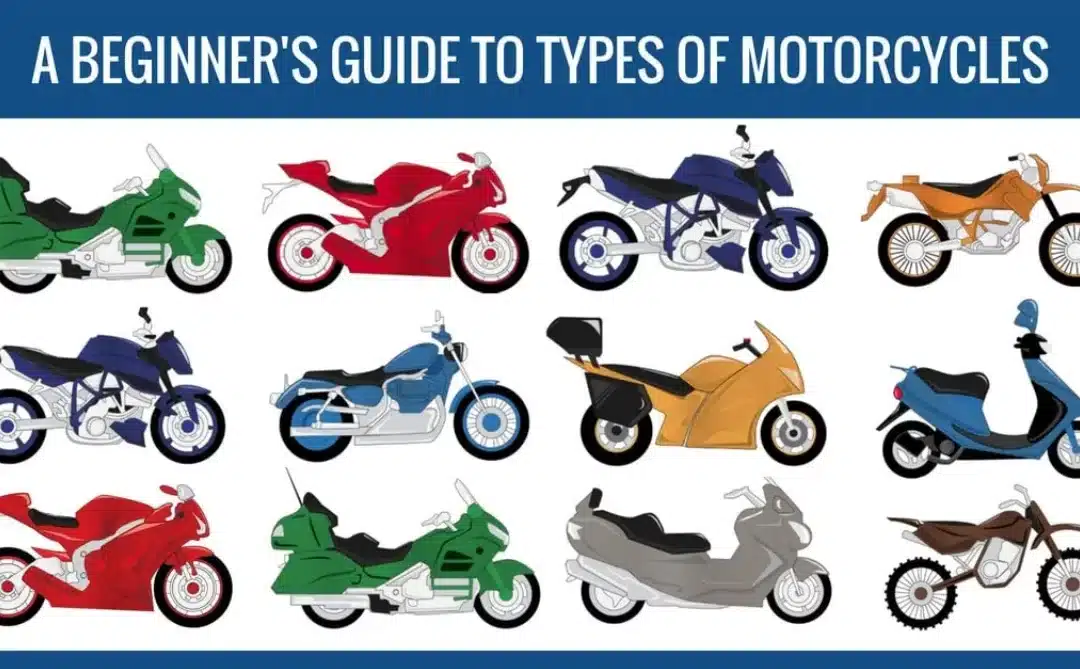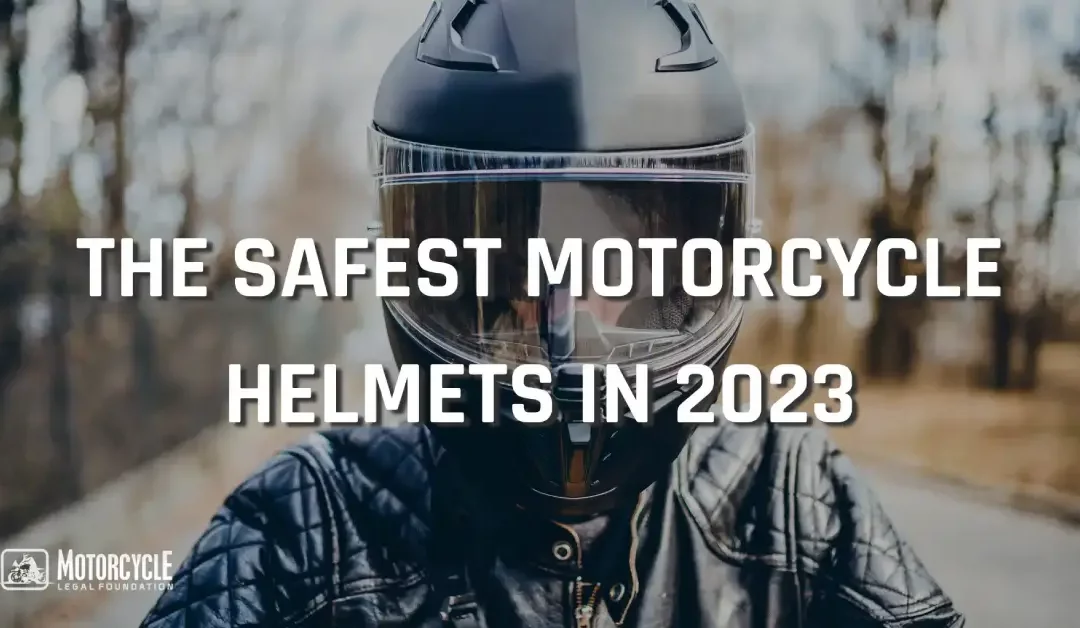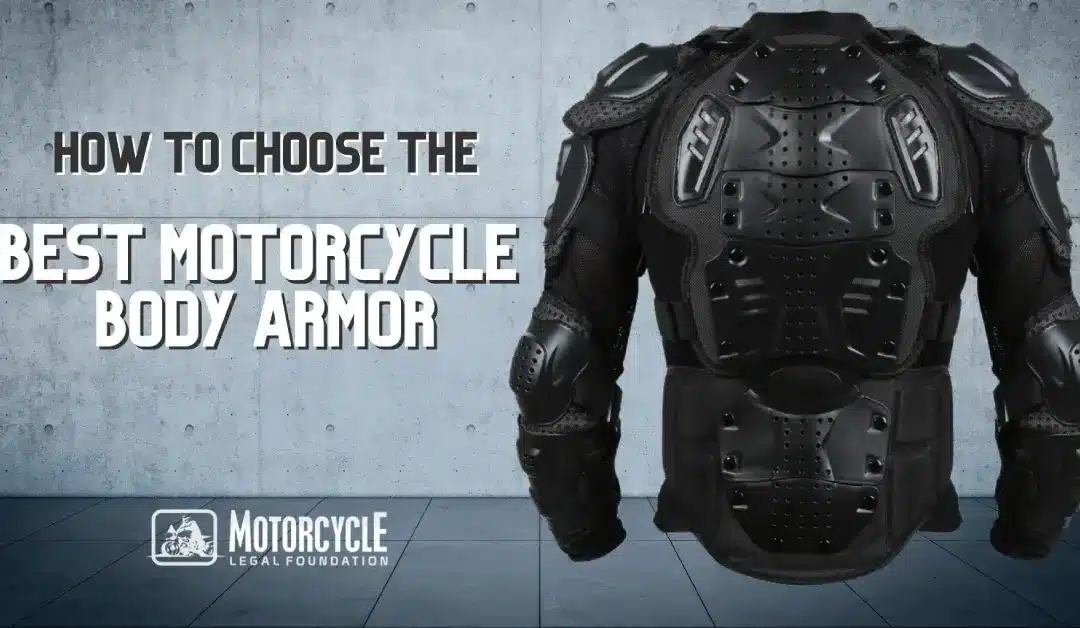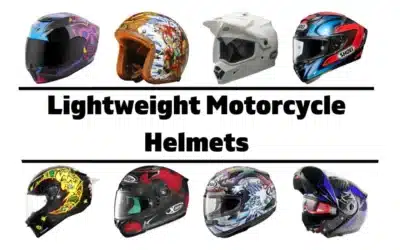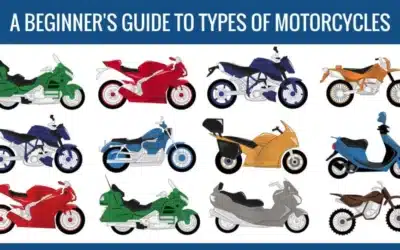Unless you ride a motorcycle equipped with a windscreen, most states require the use of eye protection for operators and, in some instances, passengers to avoid a ticket and a fine for violating the law. A visor attached to your helmet offers a convenient alternative to goggles or sunglasses. Unlike goggles or sunglasses, which are easy to misplace or forget to bring with you, the only way to forget to take a visor with you is by leaving behind the helmet.
If you opt to use a visor, it will not be too long before you start thinking about tinting it. A clear visor leaves you reaching for sunglasses to protect from bright sunlight during daytime rides, and tinted glasses are designed to improve riding at night. A tinted visor protects against dirt, rocks, and debris striking a rider while also shielding the eyes from the glare of bright sunlight or, in the case of tint shades designed for righting at night, the glare of bright headlights.
Before running to the local motorcycle shop to buy a tinted visor there are a few things you need to know. The tinted visor that protects you against the glare of the sun limits your ability to see when riding at night. Lifting the visor at night may seem like an option until you realize that riding without eye protection is illegal in your state.
If you thought of tinting your motorcycle helmet but hesitated because you don’t know whether it’s legal, we have a complete guide on the topic to help you decide. It offers everything you need to know about tinting motorcycle helmet visors from the state laws that affect it to the types of tinting processes you may wish to consider.
Pros and Cons of Tinted Motorcycle Visors
An advantage of visors in general, particularly when traveling in a state that has a law requiring eye protection for motorcycle riders, is their convenience. If you wear a helmet, either because it’s legally required or by choice, a visor attached to it ensures that you always have eye protection. Let’s face it, who hasn’t been forced to turn their motorcycle around because they left their sunglasses or goggles behind. This is something that can be avoided by having a visor attached to your helmet.
Tinted motorcycle visors have advantages, as well, but adding a tint to a clear visor brings with it some disadvantages that you need to keep in mind when riding. Some of the advantages offered by tinted as opposed to clear visors include:
Protection from harmful effects of sunlight:
The sunburn you get from spending too much time at the beach is caused by ultraviolet radiation given off by the sun and is classified into three primary types: UVA, UVB, and UVC. According to the Centers for Disease Control and Prevention, exposure to the UVA and UVB that get through the Earth’s atmosphere increases the risk of eye diseases that can damage your vision and cause blindness. A visor tinted to block UVA and UVB rays helps protect your eyes from their damaging effects.
Allow you to wear prescription eyeglasses:
If you wear eyeglasses to correct your vision, tinted or shaded motorcycle visors let you wear them while riding and get the benefit of sun protection without the added expense of prescription sunglasses.
Reduce glare from sunlight and headlights:
Looking into direct sunlight or the effects of sunlight reflected off of the mirrors of other vehicles or other objects temporarily impairs vision. The same effect may occur at night with headlights and particularly LED lights installed in some vehicles that impair a motorcycle operator’s vision. A tinted visor improves your ability to see by reducing the effects of strong sunlight or sources of artificial light. You would need visors with different tints because a tinted visor dark enough to stand up to sunlight would make it difficult to see in low-light conditions, such as when it’s cloudy or foggy, or after dark.
Prevent or reduce eye strain:
Extended exposure to bright light and glare, such as you may experience during a long ride may cause eye strain or eye fatigue. One method of reducing eye strain caused by the effects of sunlight during daytime rides and bright headlights or other artificial light sources when riding at night is by using a visor tinted to accommodate the light conditions.
When deciding whether or not to ride with a tinted visor, what some people may consider be disadvantages of a tinted visor:
Motorcycle Parts for All Makes and Models
Everything from basic to high-end. Motorcycle parts that will fit your bike and budget.
Replacing a damaged visor:
Scratched or otherwise damaged sunglasses or goggles can be easily replaced. If you must replace a damaged visor while on the road, you need to have a replacement with you along with whatever tools are needed to replace it. This also may be a problem when a ride that began on a bright and sunny day extends into the night when a visor with a dark tint needs to be swapped for a clear or more lightly tinted visor.
Choosing the right tint shade:
Even if you only right during daytime hours, you may need to carry an extra visor and be prepared to swap it for the one you started out using when the ride began. As bright sunlight becomes obscured by cloud cover, the dark tint that protects you against harmful sunlight may become a liability that makes it harder to see in low-light conditions.
Of course, an easy fix in the event of a damaged visor or when lighting conditions change during a motorcycle ride is to carry glasses or goggles with a clear lens. If you have a visor that can be flipped up, you can ride with the glasses or goggles while remaining in compliance with state laws.
Are Tinted Motorcycle Helmet Visors Legal?
It appears from the research done for this article that the use of a shaded or tinted motorcycle helmet visor is legal throughout the United States. In fact, most states have laws requiring the use of eye protection of some form when riding a motorcycle. Use of a visor attached to the helmet that you use for safety and to avoid getting a ticket for riding with no helmet also prevents you from being fined for violating eye-protection laws.
Although states do not prohibit the use of visors, you should check with motor vehicle officials in states where you plan to ride about their rules on adding a tinted motorcycle helmet visor. All states have laws putting restrictions on tinting for car windows, so you want to know if those laws limit the shade of tint used on motorcycle visors.
Recommendations When Using Tinted or Shaded Motorcycle Visors
A few things to be mindful of when on a motorcycle using a tinted or shaded visor attached to your helmet include:
- Do not use a dark visor when riding at night.
- Switch to a visor with a lighter tint when riding in cloudy, overcast conditions.
- Always ride with a clear visor.
- When cleaning your visor, follow the cleaning instructions provided by its manufacturer or the dealer that tinted it for you. Chemical cleaners may damage the tint and make it difficult to see through it.
- Immediately replace a scratched or otherwise damaged visor.
- When riding at dusk or at night, do not use a visor with a dark tint as it may impair your ability to see.
A tinted or shaded motorcycle visor should improve riding safety by making it easier to see, so avoid using a visor that does not accomplish this for you.
Tinting your visor vs. buying a pre-tinted visor from a manufacturer
You have probably seen a car with windows the owner tinted using a kit purchased at an auto supply store, so you know what can go wrong. When tint paper is not properly installed, you see bubbles caused by air trapped between the paper and window. It does not take long before scratches and tears develop to add to the inability of a driver to see. Now, imagine trying to see through all of that while looking through the visor of your motorcycle helmet.
There are other methods to shade or tint a visor, including tints that come in a spray can that you apply as you would spray paint. If you want to obtain the benefits of tinting, weigh the difference between the added financial cost of purchasing a pre-tinted visor from a dealer against safety issues that may arise from a do-it-yourself project.
Gear Up with New Arrivals
Cooler days are coming. Big savings on high-end motorcycle apparel.
You wear the safest motorcycle helmet for protection in a crash, so it only makes sense to forego the trial-and-error of a do-it-yourself tinting project in favor of purchasing a pre-tinted visor. Not only do you get the tint or shade that you want, but you have the peace of mind knowing that it was accomplished through a process the manufacturer tested and knows will deliver a safe product.
Recommended Motorcycle Helmets with Tinted/Shaded Visors
We would like to recommend some of the best motorcycle helmets with tinted or shaded visors. See each of these options and choose the one you like the most:


